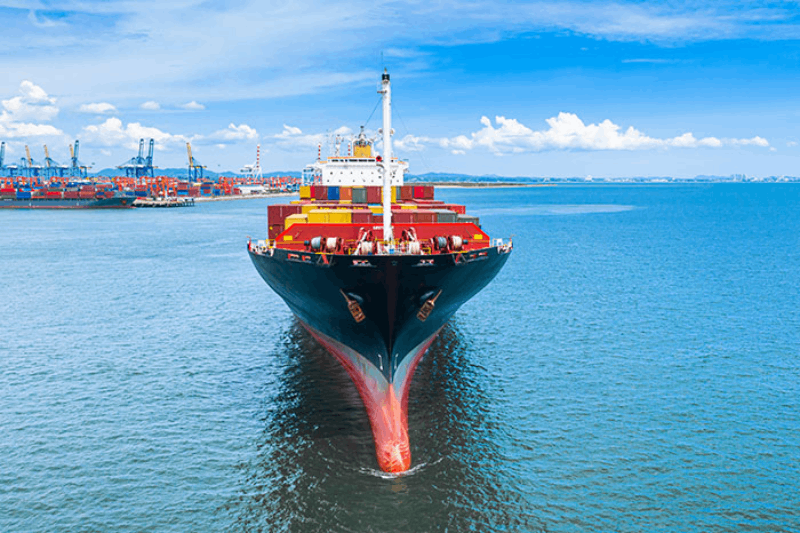Time:2021-12-20 Publisher:Kevin Num:6293

The latest mutant strain Omicron is sweeping the world step by step, which is a great challenge to the global shipping industry. Waiting for the shipper is another process of rising freight.
According to the latest FBX data, the freight rate index has been stable in the past week: the freight rate of North American routes has remained at a high level due to the impact of the epidemic and port congestion.
The freight rate from Asia to the west coast of the United States is US $14862 / feu
Asia US East Coast freight rate is US $16828 / feu
On the other hand, European routes were also impacted by Omicron, and the epidemic continued to rebound. However, the good relationship between supply and demand makes the trend of freight rate basically stable. The Asia Europe freight rate is US $14496 / feu.
However, recently, a shipping company announced that it would increase the GRI and FAK of the above routes, with an amount of up to $1000. This is undoubtedly bad news for shippers.
For example, CMA CGM will adjust the Asia Europe BAF to US $345 / TEU in 2022.
Throughout the year, many ports in Europe and the United States have experienced port congestion, which makes shippers face high freight rates. However, the reliability of next year's shipping schedule is still worrying.

According to xeneta, the average price of long-term contracts across the Pacific is $5700, three times higher than the same period last year.
The average price of three-month long-term contracts in Asia Europe is $11900 / feu, which is nearly five times higher than that in the same period last year.
Now the global shipping industry is conducive to the seller's market, so shipping companies will seize this opportunity to raise the price of long-term contracts. However, their strategies may be different.
Maersk announced earlier that it would not sign long-term contracts with customers. It also encouraged customers to skip freight forwarders and book shipping space directly. In contrast, Herbert has to sign long-term contracts with its customers.
Can the shipper only accept such a high rate? Is there a viable alternative?
Analyst Peter sand said that the current price will indeed be difficult for shippers to accept, but this is really the real performance reflected by the market trend.



